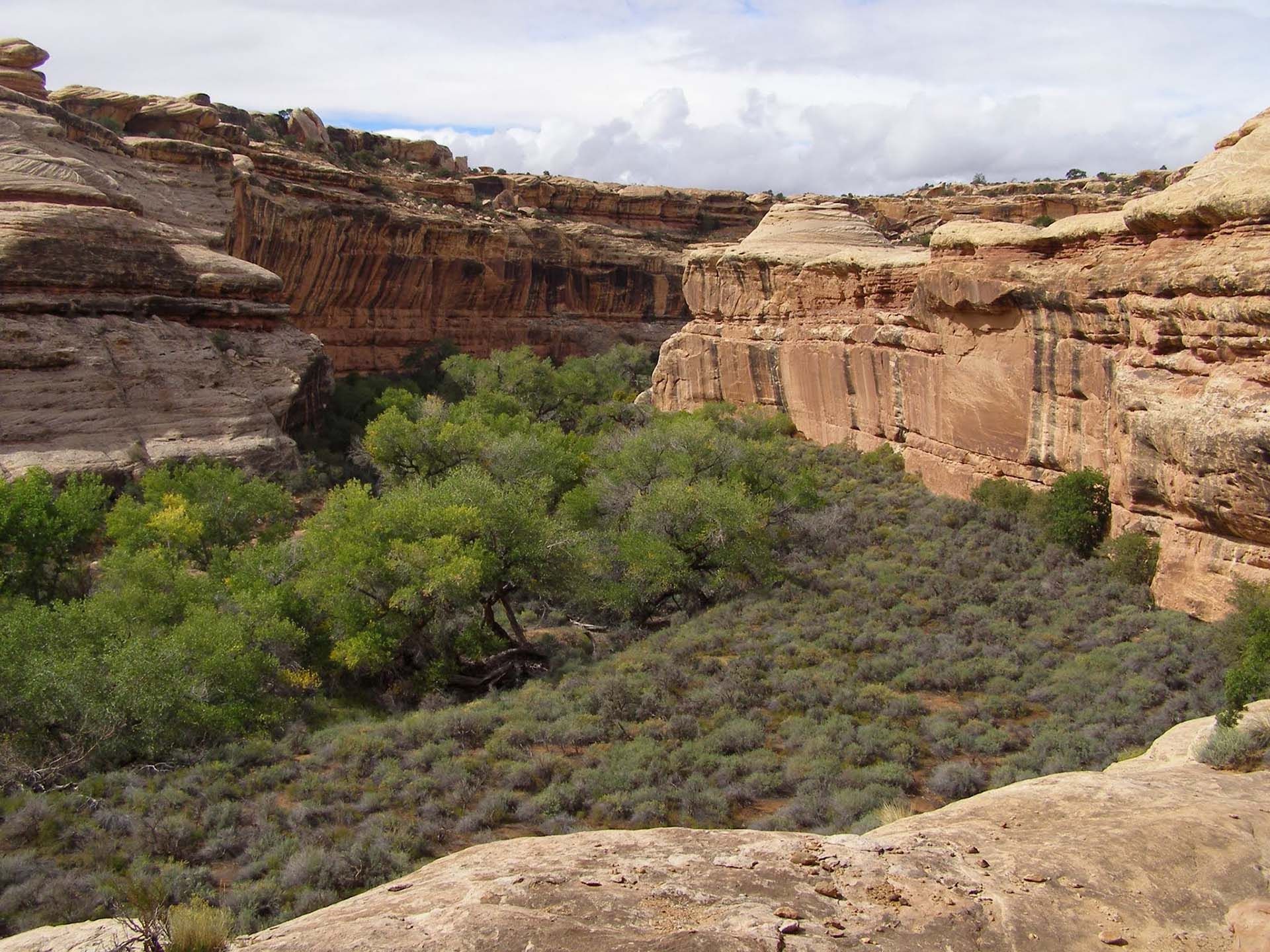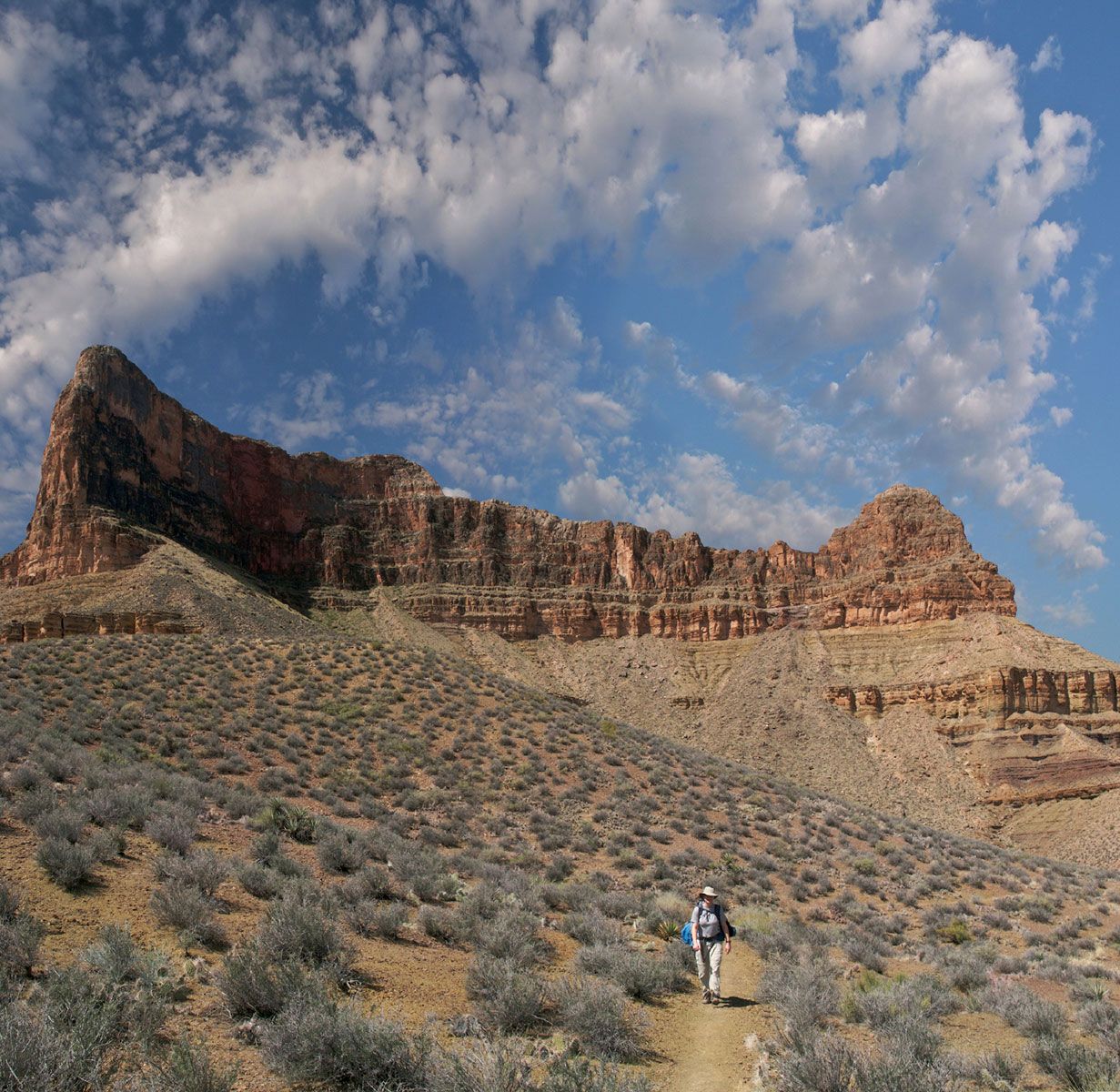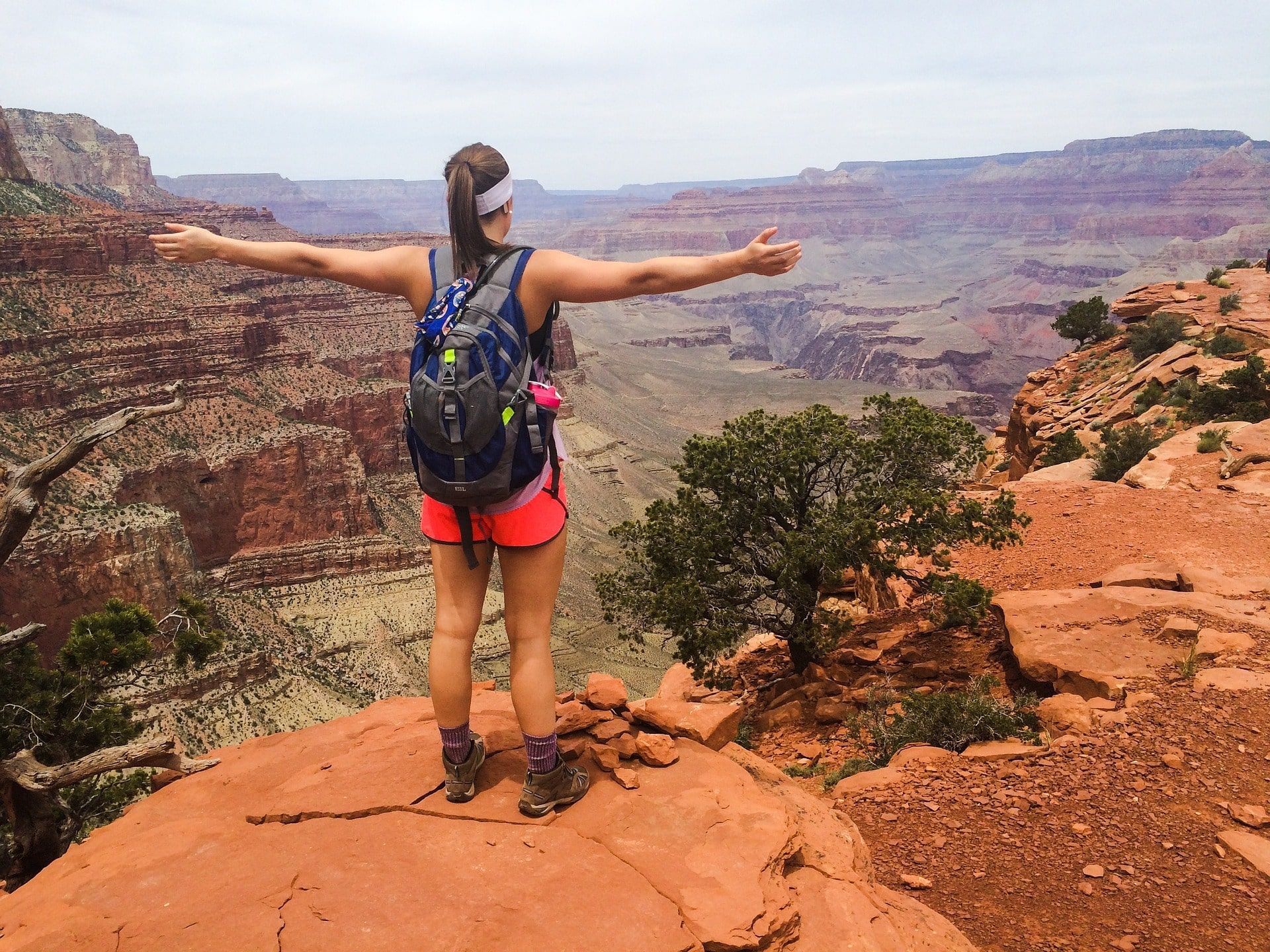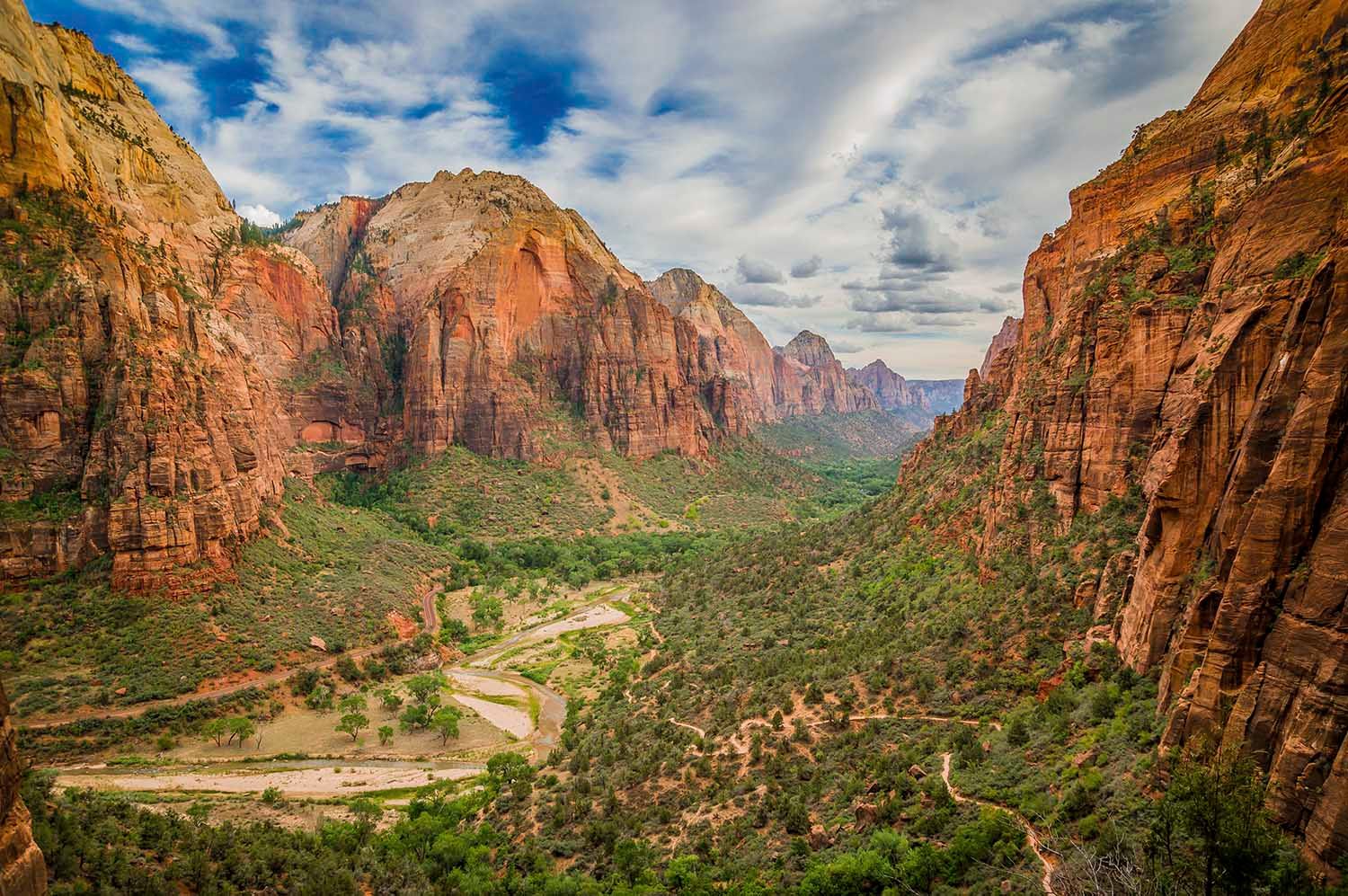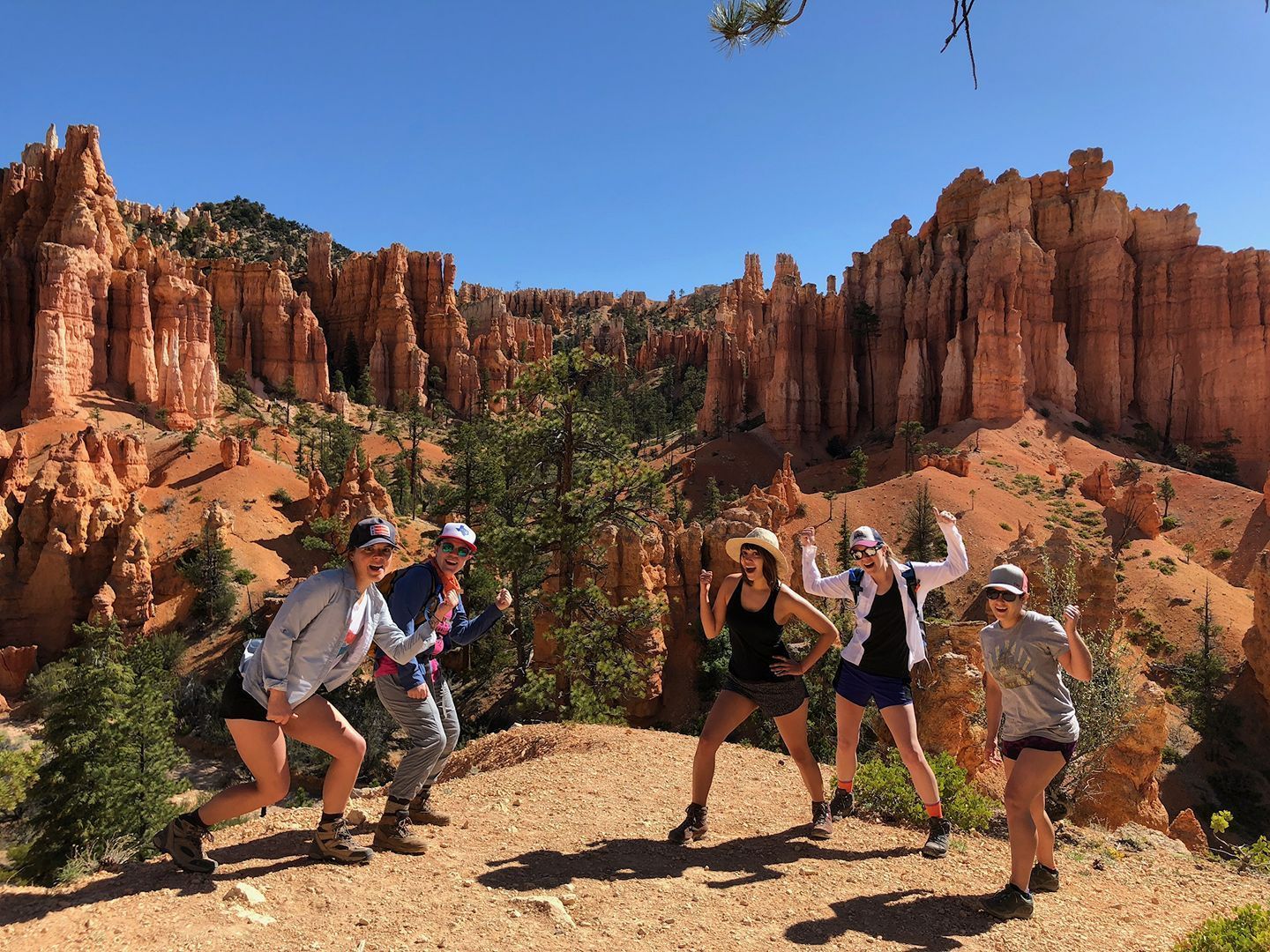Living the Good Life on the Floor of Grand Canyon at Phantom Ranch
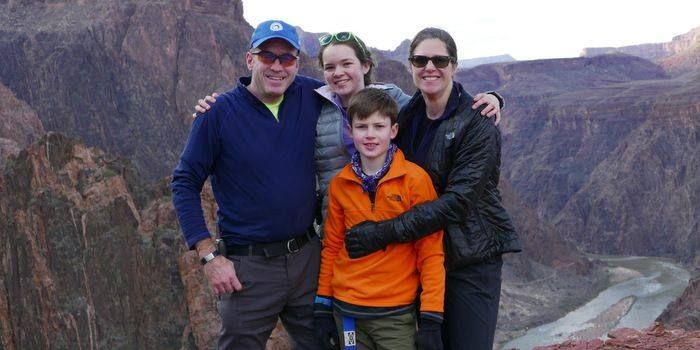
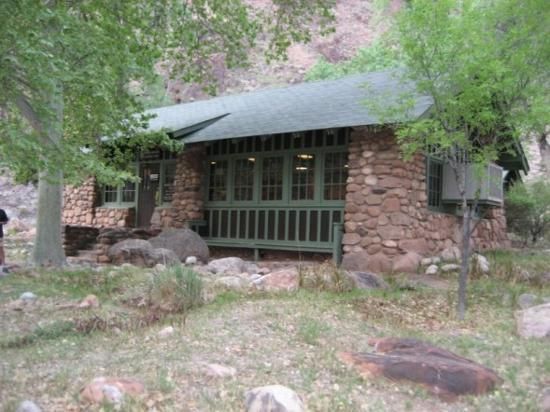
No single architect is more identified with buildings in a single national park than Mary Jane Colter is with the Grand Canyon. Her use of on-site fieldstone and rough-hewn wood at the Arizona landmark became so emblematic of park structures across the country that it eventually became known as “National Park Service Rustic.” Of the many buildings Coulter designed at the Grand Canyon – the Hopi House in 1905, the Lookout Studio in 1914, and the Bright Angel Lodge in 1935 – none is more famous than Phantom Ranch. Phantom Ranch is the only permanent structure for lodging beneath the rim of the Grand Canyon.
Mary Colter was born in Pittsburgh, Pennsylvania in 1869, nearly four years to the day after the Confederate surrender of Robert E. Lee’s Army of Northern Virginia to General Ulysses S. Grant. Her family moved West and Mary spent her formative years in St. Paul, the capital of Minnesota; still being a frontier town at the time. In 1886 Colter left for San Francisco to study at the California School of Design. There were no professional female architects at the time and Colter had no intention of becoming one. She studied art and design and returned to St. Paul to teach.
Like many a teacher before and since, Colter often sought summer jobs. In 1901 she landed a gig between classrooms doing interior decorating work at the Alvarado Hotel in Albuquerque, New Mexico for the Fred Harvey Company. English-born Frederick Henry Harvey had landed in New York City back in 1853 when he was 17 years old. Harvey scrubbed pots in a local kitchen before earning enough money to continue his American adventure out West. He eventually landed with the Hannibal and St. Joseph Railroad.
When he was 37 years old Fred Harvey opened his first restaurant along the tracks of the Kansas Pacific Railroad. Three years later (in 1876) Harvey had a handshake deal with the Atchison, Topeka and Santa Fe Railroad to open eating houses along the Southwest’s premier railroad line. Railroad passengers would eventually be able to find a hot meal and a bed for the night at 84 Harvey Houses across the United States. The waitresses known as “Harvey Girls” became so famous they had their own Hollywood movie in 1946 starring Judy Garland.
The same year Mary Colter went to work for Harvey House, Fred Harvey died. His last words to his sons who took over the family business were said to be, “Cut the ham thinner, boys.” Colter would eventually work full-time for the Harvey Company for 38 years and when the Santa Fe line reached the Grand Canyon, which became its crown jewel of passenger travel, she was recruited to design the park buildings. In 1922 the Harvey Company won the concession to run a camp at the bottom of the Grand Canyon.
The site, with leafy cottonwoods and a sandy beach, had long been a popular spot for canyon adventurers to pitch tents for the night. President Theodore Roosevelt had camped here with his exploring party. Colter worked up some initial sketches and her vision was quickly approved. The project was slated to be called Roosevelt’s Chalets, but Colter already had a name in mind – Phantom Ranch. Colter was prominent enough at the Grand Canyon by this time that her desires trumped the legacy of the man who would appear on Mount Rushmore the next decade.
All the building materials for Phantom Ranch had to be shuffled down the canyon trails on the back of mules. The complex would include dormitories for women and men as well as individual cabins. The accommodations are not four-star at that time, but neither were they spartan. The centerpiece is Phantom Ranch Canteen, that is open for breakfast and dinner seatings. The showers are hot and the beer is cold. All supplies still come in to Phantom Ranch by mule-assistance.
Four Season Guides spends two unforgettable nights here for three-day Phantom Ranch tours. Traveling 7.8 miles down the Kaibab Trail from the South Rim for this lodge-based adventure, adventurers can spend a day uncovering the canyon’s secrets one mile beneath the rim. The tour crew then heads back up the Bright Angel Trail on the final day. This is a perfect way to experience one of the Southwest’s true icons without too much “roughing it.” After your stay in Phantom Ranch you will know why Fred Harvey was known as the “Civilizer of the West.”
Four Season Guides, 506 N Grant St suite o, Flagstaff, AZ 86004, United States
+19285251552
35.19653980, -111.62000560

